Does food need wine or does wine need food? Seeing the number of people that accompany their meals with water, beer, or diet coke in whatever restaurant around us, we should be convinced of the latter. Few beverages are so dependent on a complement, perfect or imperfect, to match it. Let’s say wine needs its other half, a perfect partner.
What’s most fascinating and complex about the relationship between food and wine is that each person has their own palate and criteria, and each feels spice, sweetness, saltiness, and bitterness differently. To some extent, of course, no one will deny the saltiness of an anchovy sandwich. But a lot is left to personal taste.
Wine, food and flavor
In general, two components in food make wines taste “rougher”, that is, more bitter, more acidic, and less sweet and fruity. Those are sweetness and umami. And we best not try to define exactly what umami is because we will lose our minds a little. Let’s just say it is present in foods with an elevated content of sodium glutamate like asparagus, eggs, mushrooms, and some cheeses.
There are other foods with high umami levels like shellfish, fish, or cured/smoked meats as well as some cheeses like parmesan. However, they are also quite salty, which counteracts the adverse effect on the wine.
In terms of sweet elements, it’s ideal to accompany them with a wine that is at least as sweet as the plate. As obvious as it may sound, it doesn’t seem so when half the world is still hell-bent on pairing cakes and desserts with highly acidic sparkling wine. This tradition is well established and I fear it’s a lost cause.
Spicy food will pair perfectly with white wine, pink wine, or some red wines that are lighter and fruitier (and have fewer tannins).
On the other hand, saltiness and acidity are wine’s best friends. Perhaps because of this many restaurants go all out when it comes to seasoning their food, for my taste even a bit too much at times. I admit that I’m very sensitive to salt. And here we come back to the starting point that we each have different palates.
To summarize, there are some basic rules that can help guide us when it comes to choosing the right wine. But to give more precise clues and get rid of antiquated ideas, I have asked four of my favorite Spanish sommeliers to give us some insight to help us traverse the fascinating world of pairing wine and food.
They each received the same questions with total freedom in their response. Here we go.
Juan Luis García
Sommelier of Casa Marcial (Arriondas)
- What combination of food and wine does everyone think works well, but you disagree?
Depending on the situation of the dish in a meal the style of the wine matters. For example, in an appetizer or starter, I would never serve foie with a sweet wine (the classic Sauternes, Tokaji, Moscatel,…) because our body, in its full wisdom, would tell us that it is done eating after consuming this sweet and fatty combination. In this case, I would serve a dry or sparkling wine or even an Amontillado from Sanlúcar de Barrameda. If this dish were to be served towards the end of the meal before dessert, I might consider the previously mentioned sweet wines.
- Which combination of food and wine sounds strange or uncommon, but you think works perfectly?
There is a dish in Casa Marcial of squid with its ink and a celery and bean mole. in this zone of Asturias, both beans and squid with its ink have been eaten with rice, but this dish does not contain this ingredient. Therefore, I pair it with a sake SAKE ENDO KOSHU that has been aged for at least 20 years. Koshu means aged, and it is created by mixing two vintages, 1989 and 1999.
- If you could only choose one bottle of wine for a meal with several varied foods (fish, shellfish, meat), which would it be?
It depends a bit on the style of the wine so here I’ll give several options. The first is a white wine with lots of personality, Valtuille Blanco 2021 of the godello grape variety in the Bierzo zone. It’s elaborated by César Márquez, nephew of Raúl Pérez jointly with the family winery, Castroventosa.
The second is a sparkling wine, Izar-Ieku, elaborated by the traditional method of second embattled fermentation in the town of Zarauz (Gipuzkoa) with the Hondarribi Zuri grape variety. It’s the project that Juan Carlos López Lacalle has in this region, with 30 months of aging.
I also propose a light red wine, but with lots of personality, like O Gran Mein 2020. This wine is from Orense (Ribeiro) and elaborated from caiño Tinto y brancellao from a great vintage that Laura has interpreted perfectly. Lastly, another option is a sparkling cider like Prau Monga which belongs to the cidery Viuda de Angelon en Nava (Asturias).

Rocío Benito
Sommelier of Jaleo (Abu Dhabi) and wine influencer
- What combination of food and wine does everyone think works well, but you disagree?
Truthfully, my perception of wine pairing has changed immensely throughout the years and I think it’s just as personal as it is. It´s difficult to answer this question. One combination that I’ve gotten sick of is Sherry wines, manzanillas and finos, with Iberico ham. It’s true that Iberico ham will go with anything you serve alongside it. I even remember once trying it with Sake and almost shedding tears. But nowadays it’s commonplace to assume Iberico Ham has to go with manzanillas and finos, and I believe that these wines shine much more with other foods.
2. Which combination of food and wine sounds strange or uncommon, but you think works perfectly?
One of the pairings that most people didn’t get at first but soon became a must in the restaurant Lera is beans with hare and champagne. This stew is potent but light at the same time. The hare contains lots of flavor while the beans are very smooth. I believe the combination of the beans, soft as butter, with the potent hare and bubbly wine was a winner from the start. Eventually, people started ordering it when we served this stew!
3. If you could only choose one bottle of wine for a meal with several varied foods (fish, shellfish, meat), which would it be?
For me always a sparkling wine, and not necessarily champagne. I believe the south o France and Cataluña have old wines of high quality and low price that are perfect for our meals. They pair with everything.
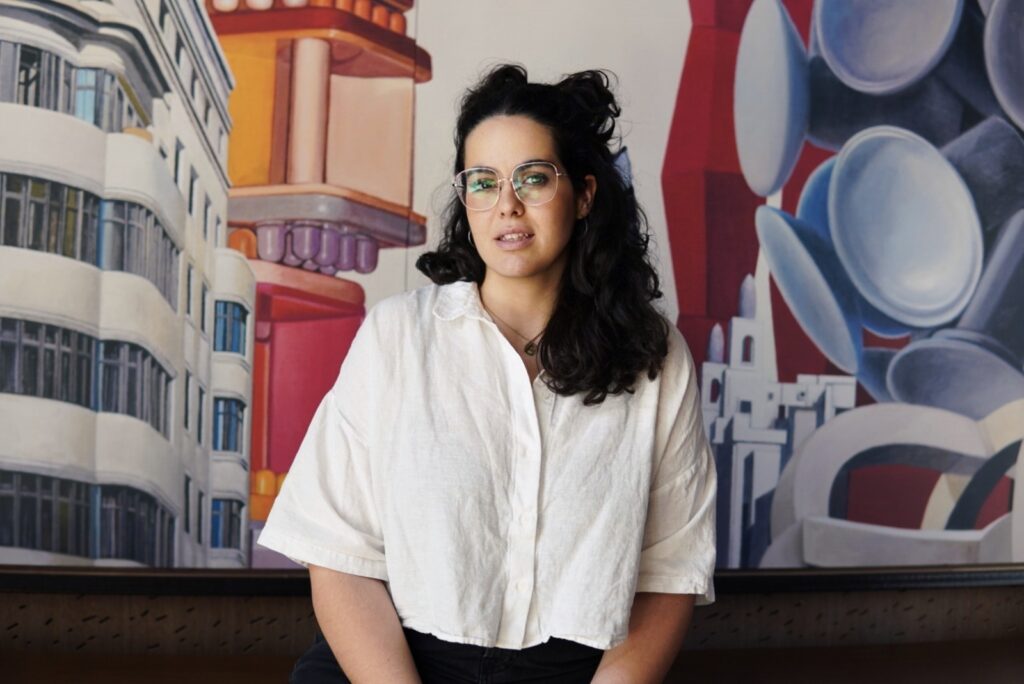
Israel Ramírez
Sommelier of Saddle (Madrid)
- What combination of food and wine does everyone think works well, but you disagree
The first thing to keep in mind is that the world of tastes is very personal, and just because I think it doesn’t work doesn’t mean it doesn’t work. The job of a sommelier is to recommend, not judge what others order. That being said, one pairing that I see works worse is a structured red wine such as a Ribera del Duero Reserva or a Priorato with cheeses in general. Some cheeses certainly pair well with it, but the wine likely won’t pair with every cheese in a varied board. The wine ends up tasting like cheese and losing its meaning. I insist each person has their own tastes, but I see the combination much better with a fresh white wine or sparkling/sweet wines.
- Which combination of food and wine sounds strange or uncommon, but you think works perfectly?
We work in a classic and contemporary restaurant, so we don’t venture too far with extreme combinations, but we do sometimes explore different harmonies.
Two of my favorites are Malus Mama, a very special sweet cider from Astigarraga made by Iñaki Otegi, with tuna cheek or any piece of tuna with lots of flavor and fat. It doesn’t seem intuitive, but the wine’s acidity cleans your palate and combines well with it. This same cider, with the foie gras entier we work with at Saddle and the brioche Nantes-style, is one of the best combinations we’ve made.
The other combination would be a sauce we make with marinated seaweed. The vinegar doesn’t help much in finding combinations. We find a wine with lots of character like such made with Trebbiano by Emidio Pepe in Abruzzo. The wine by itself is already amazing, but the combination of both creates flavors that aren’t present in the plate or the wine. At the end of the day, our job is to find these perfect combinations and share them with those who visit us.
- If you could only choose one bottle of wine for a meal with several varied foods (fish, shellfish, meat), which would it be?
The first thing I always say is that we shouldn’t go crazy with harmonies. The important thing is to have fun, in the restaurant as well as at home. It’s complicated for a wine to pair well with four or five dishes. It can mix well but never be perfect unless the menu is designed for said wine.
The key is to think of versatile wines, with medium-high acidity and few tannins in general. In summer I’ll always go for white wines, which are always more appetizing. For example, a new discovery I’ve made is a winery called Balassa which makes a dry tokaji in the Hungarian town of Màd, brought to Spain by Victor Cardona. It’s a wonderful wine with several levels of complexity. It has notes of its volcanic soil, a medium-high acidity giving it versatility, and a woody finish that produces oiliness and depth. What more can we ask from a wine?
In winter I might lean towards an Atlantic red wine, always depending on the menu. Red Ribeiros are growing on me, especially those from Luis Anxo Rodríguez in Arnoia, or the new ones being made by friends of Alma Carraovejas in Viña Mein. I recommend you take time to rediscover this winery.
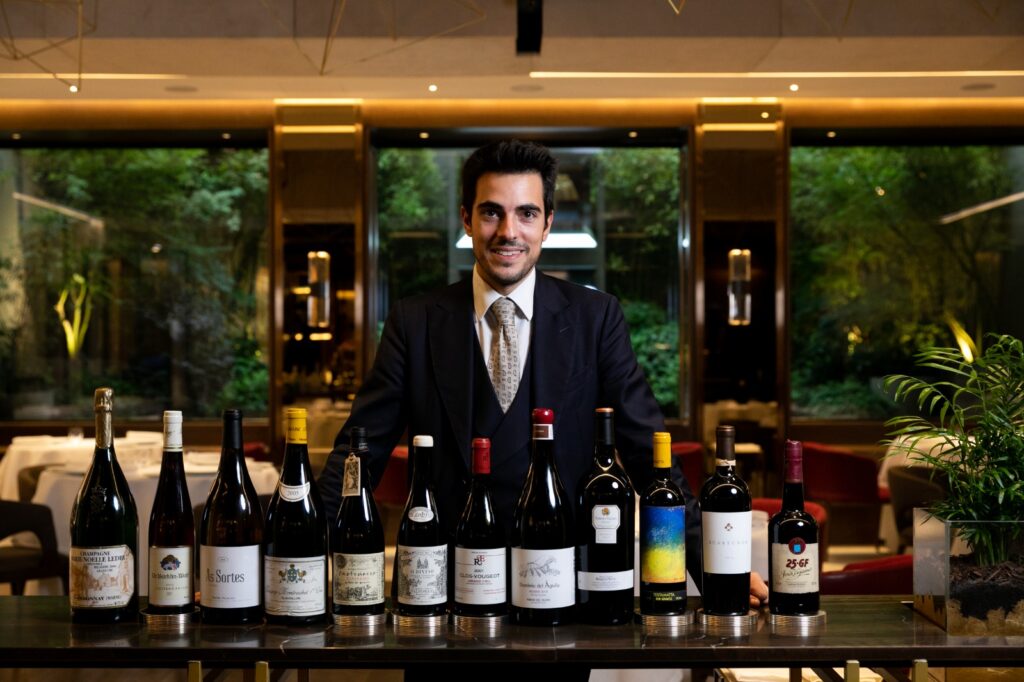
Javier Pozo Caballero
Sommelier of Rekondo (Donostia-San Sebastián)
- What combination of food and wine does everyone think works well, but you disagree?
White wine always with fish and shellfish and red wine always with meat. I think a structured white wine can go very well with foods that have a certain meatiness and complexity of flavor, like meats. For example, a Corton Charlemagne Grand Cru white wine from Burgundy or other regions like Puligny Montrachet, Meursault, etc. can go very well with meats like beef sirloin, beef chops, roasted pig or Duck a l’Orange. Game meats, which also have intense flavors, could pair with a Riesling like Grand Cru from Alsace or Germany. Another option is a Xarel·lo del Penedés.
There are also red wines that are delicate, fruity, mineral, and have a fresh acidity that harmonizes well with fish/shellfish dishes like a seafood grill or braised clams. As an example, a Pinot Noir from Burgundy or even Spain, such as the one made by Cortijo de los Aguilares winery in Ronda. There are also varieties like garnacha which go perfectly with grilled or baked turbot. The Tierra Calma winery from DOP Vinos de Madrid comes to mind, as well as Garnacha made in DO Méntrida.
- Which combination of food and wine sounds strange or uncommon, but you think works perfectly?
Stews of game meat, intense stews in winter like Cocido, or lighter and fresher ones like gazpacho in summer, as well as semi-cured and cured cheeses, are well harmonized with fortified wines from Andalucia: fino, manzanilla, oloroso, amontillado, palo cortado, etc.
- If you could only choose one bottle of wine for a meal with several varied foods (fish, shellfish, meat), which would it be?
It would be sparkling wines. Some cava, Spanish corpinnat, or champagne with brut nature or brut type. Depending on the type of meat or fish, I would choose its structure, complexity, and time of aging, as well as the vintage.
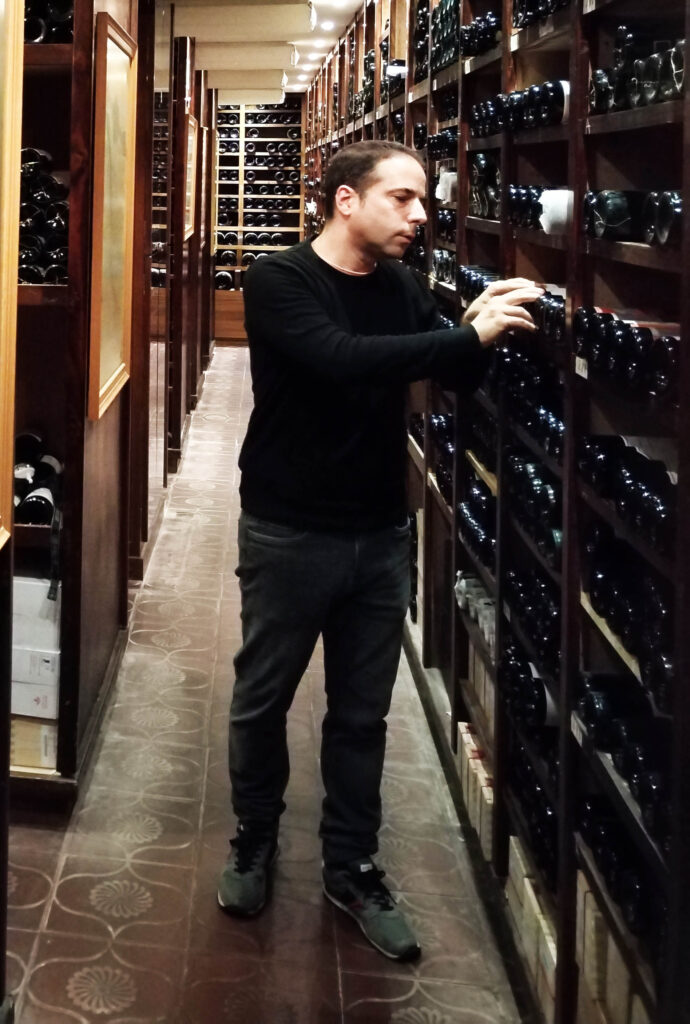
Read more about Casa Marcial
Read more about Saddle



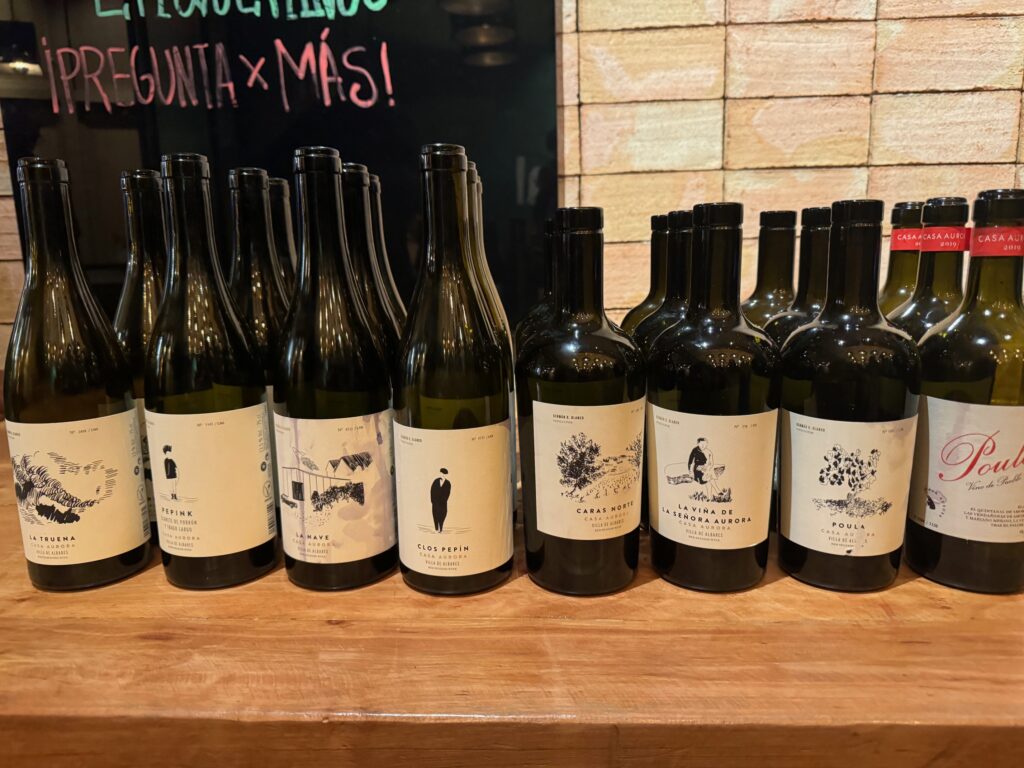
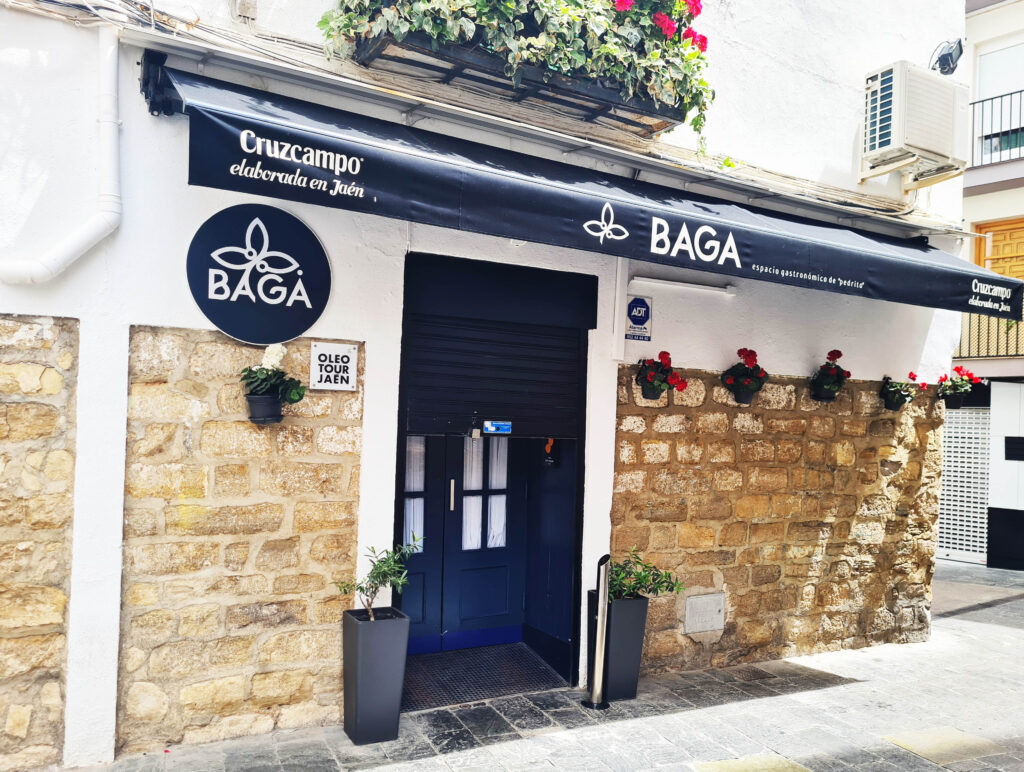
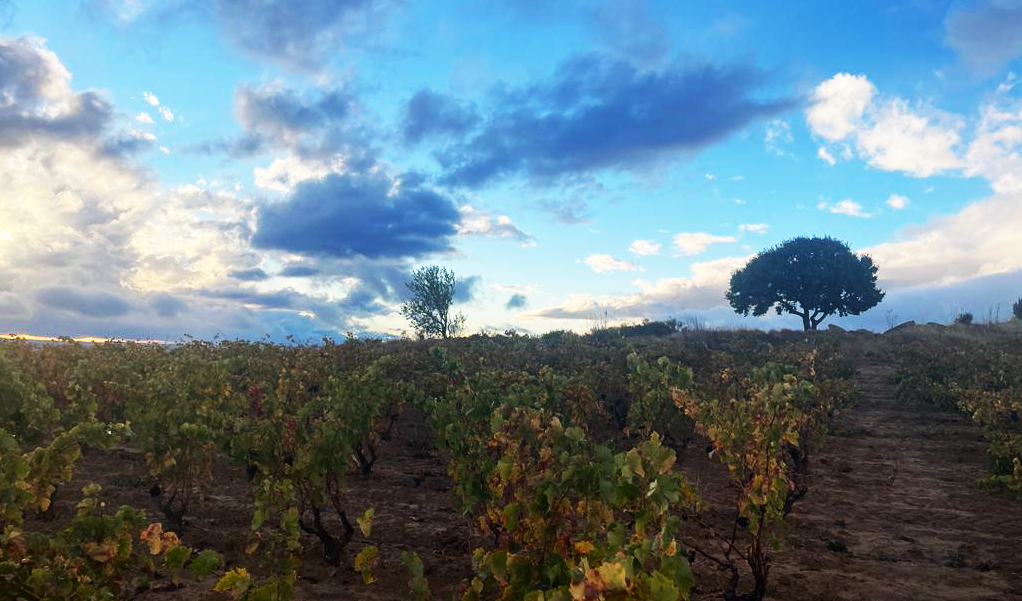
0 Comments